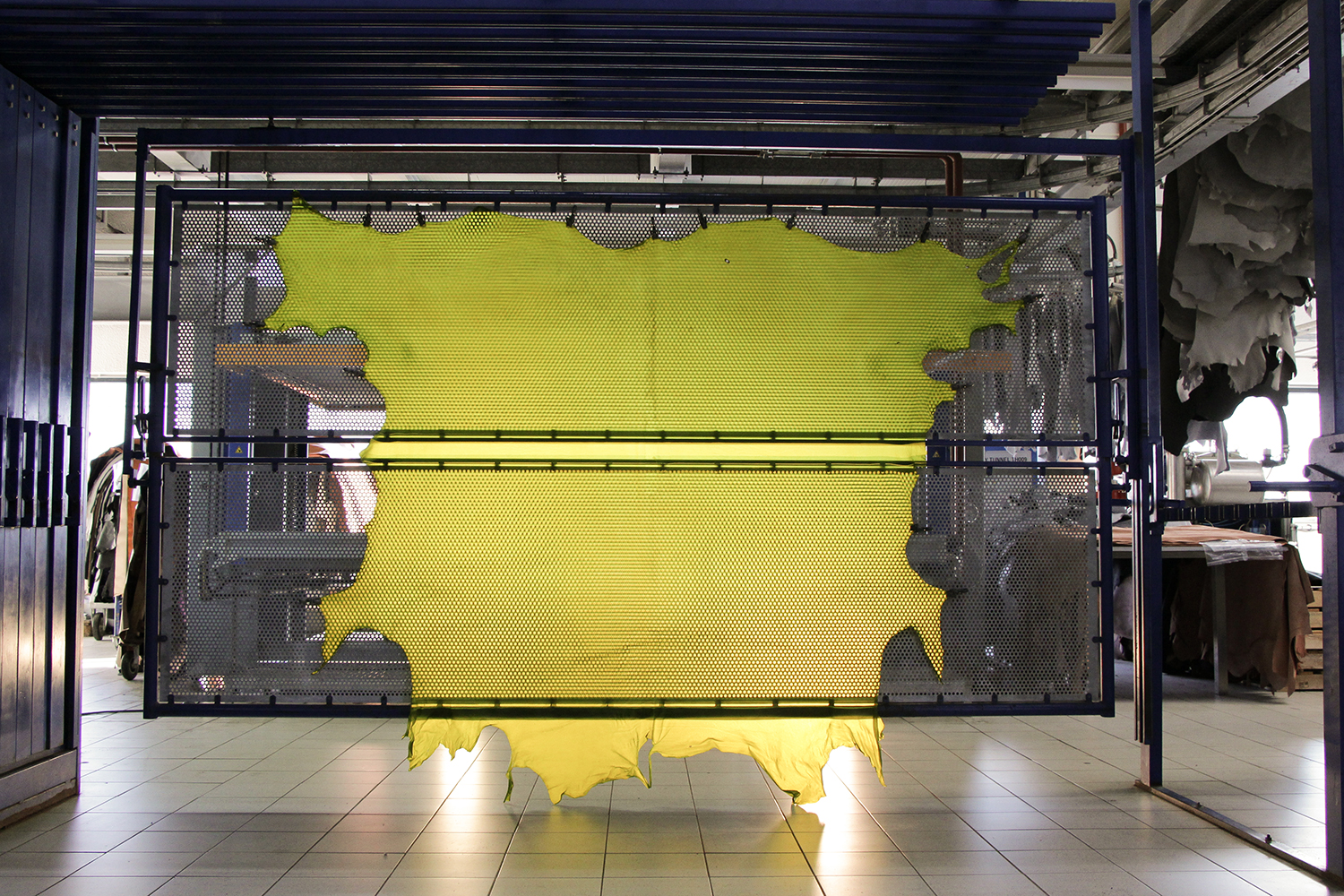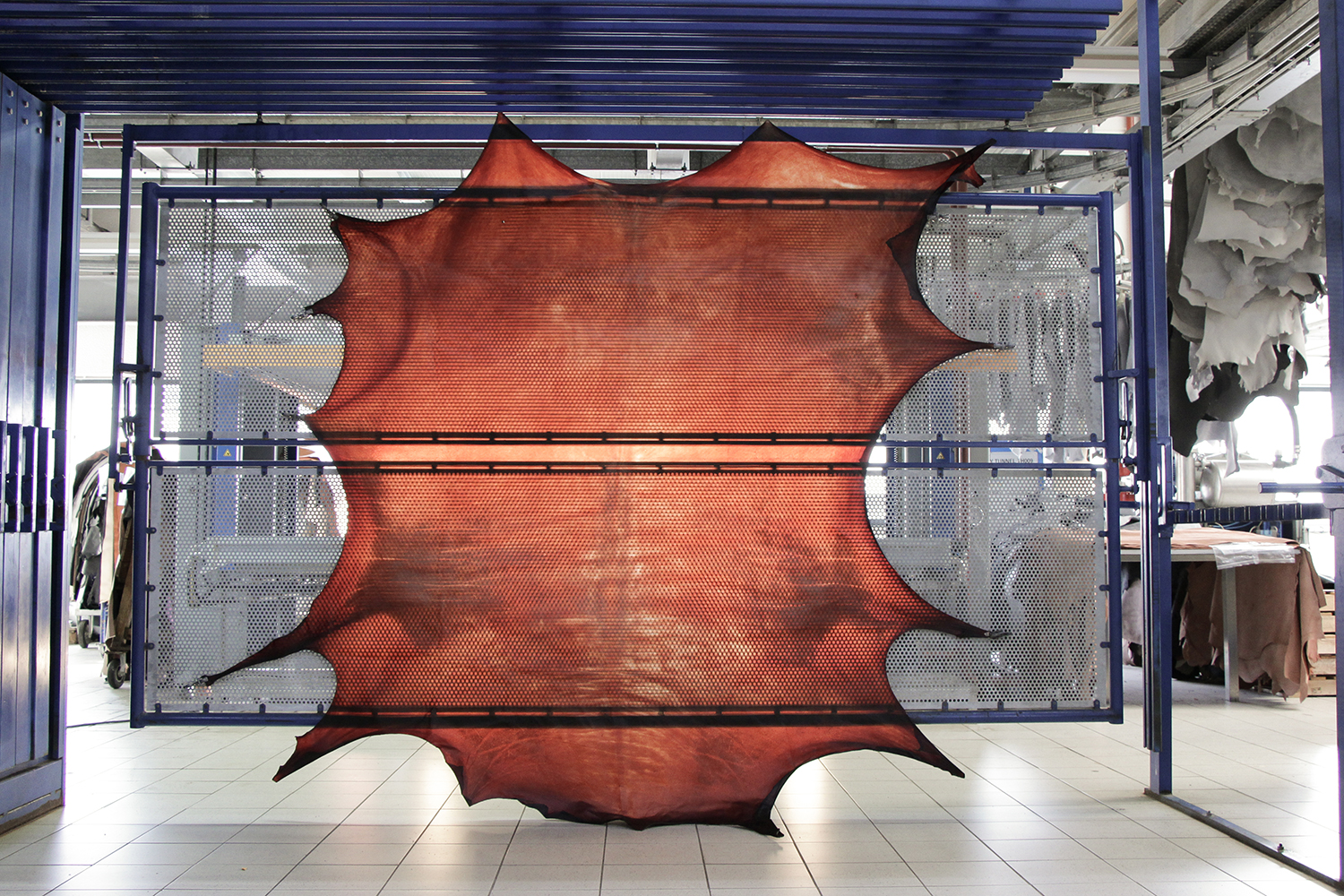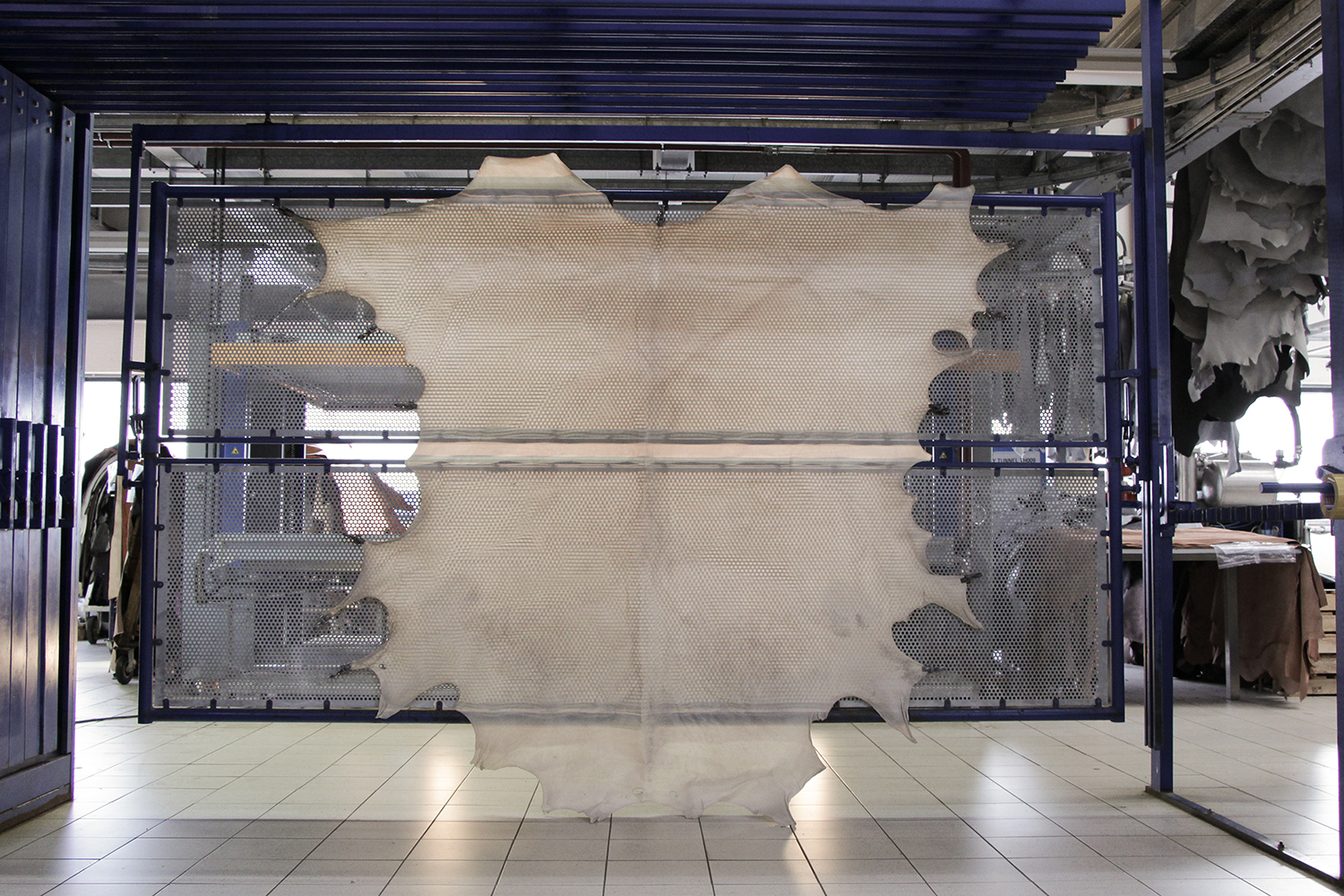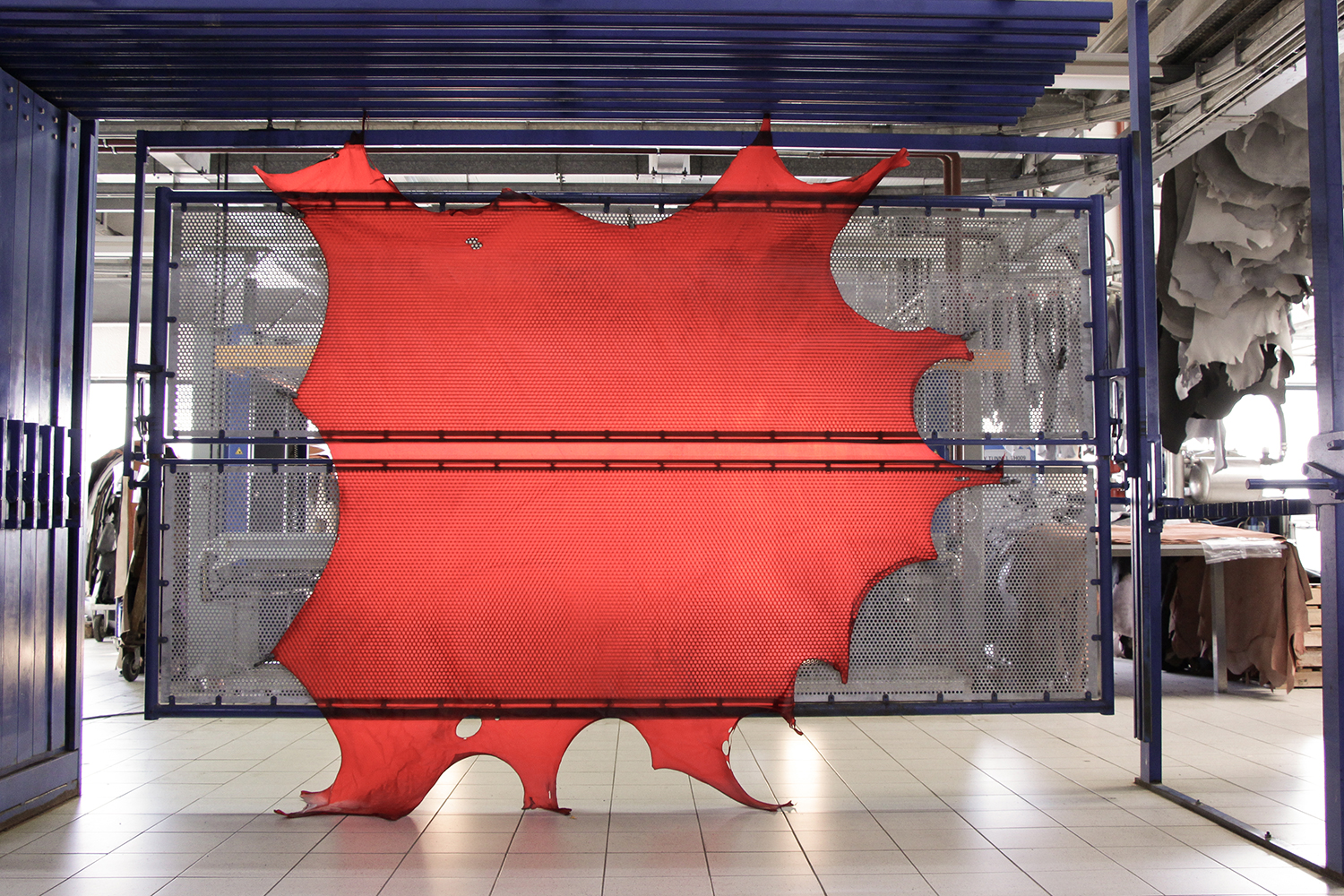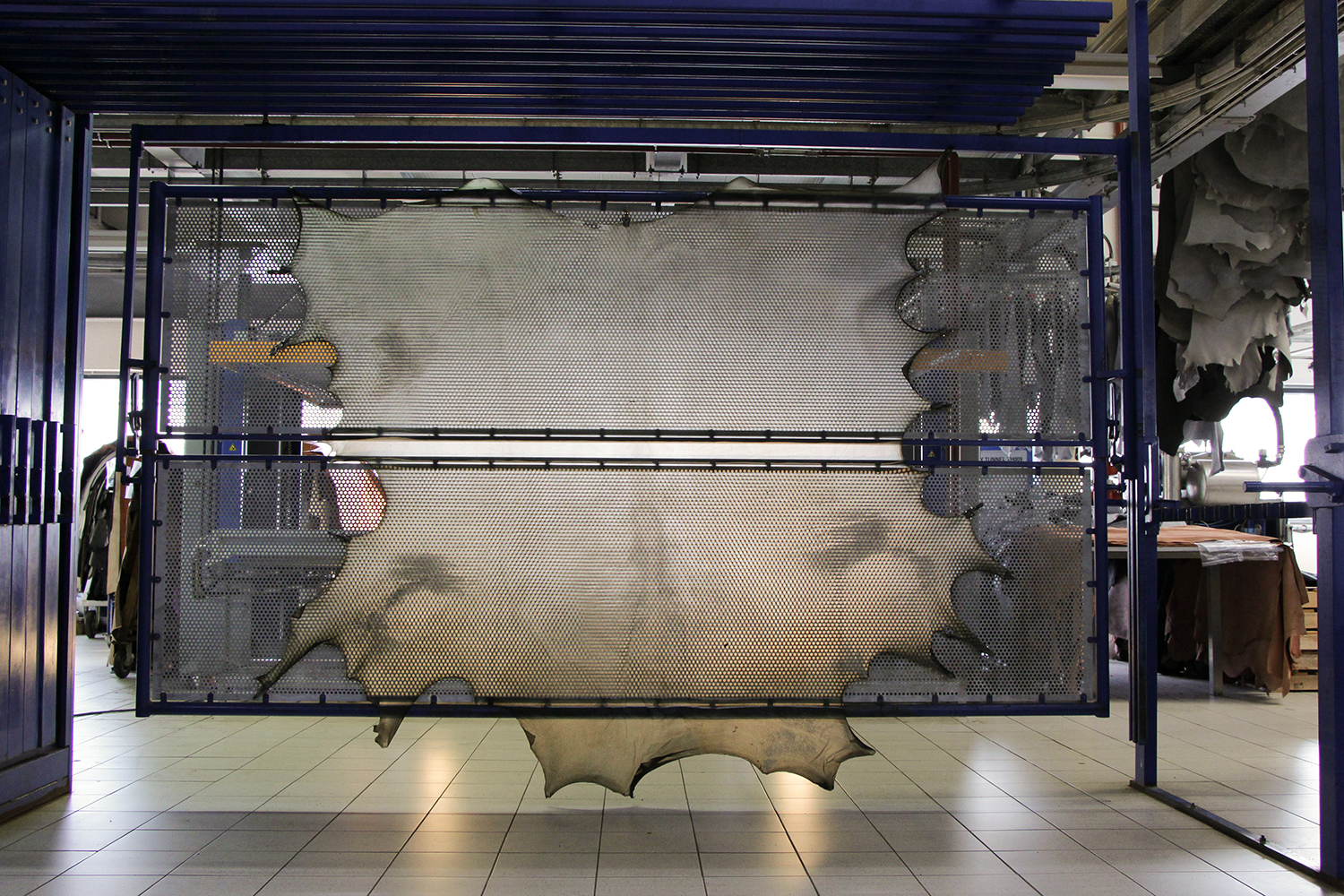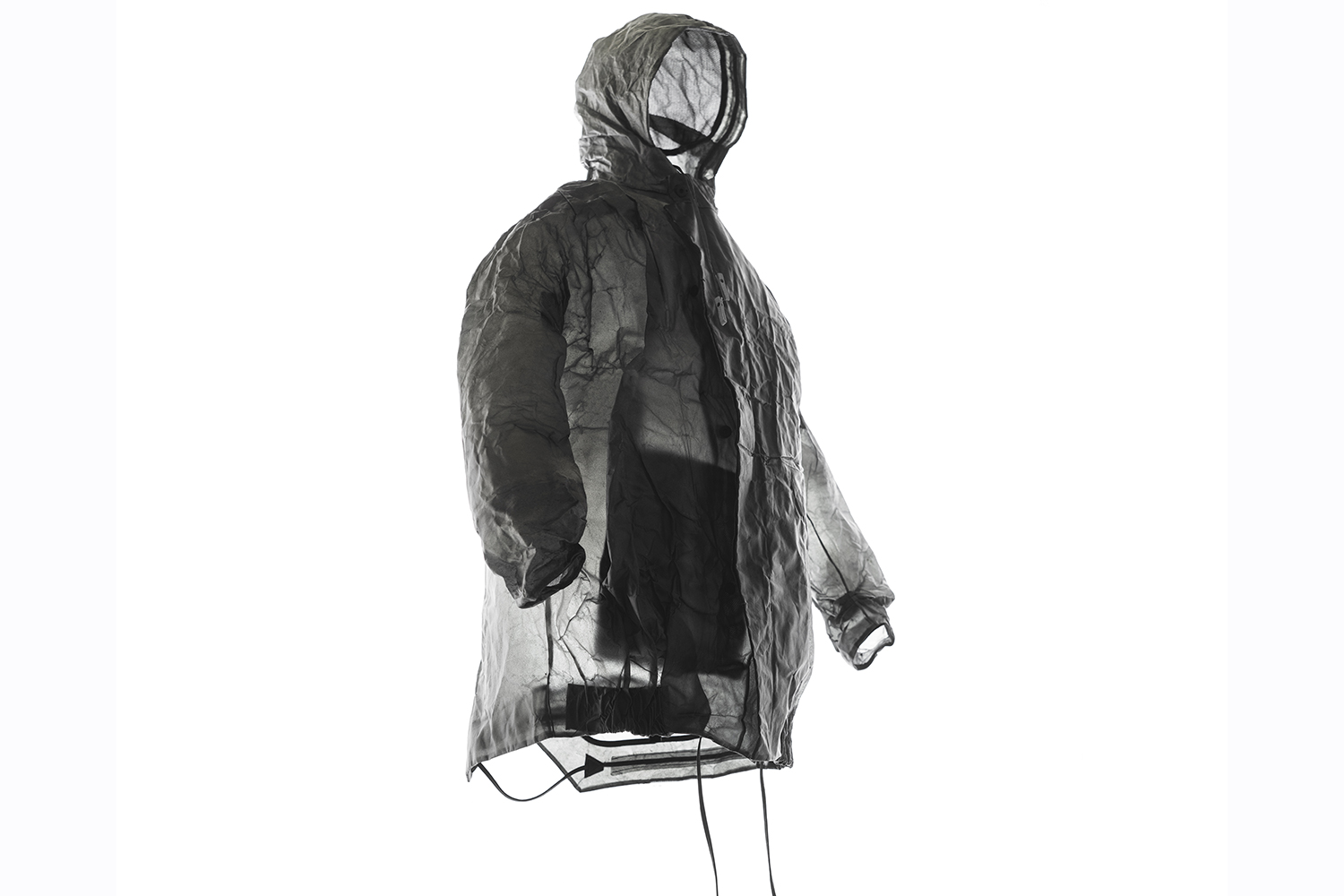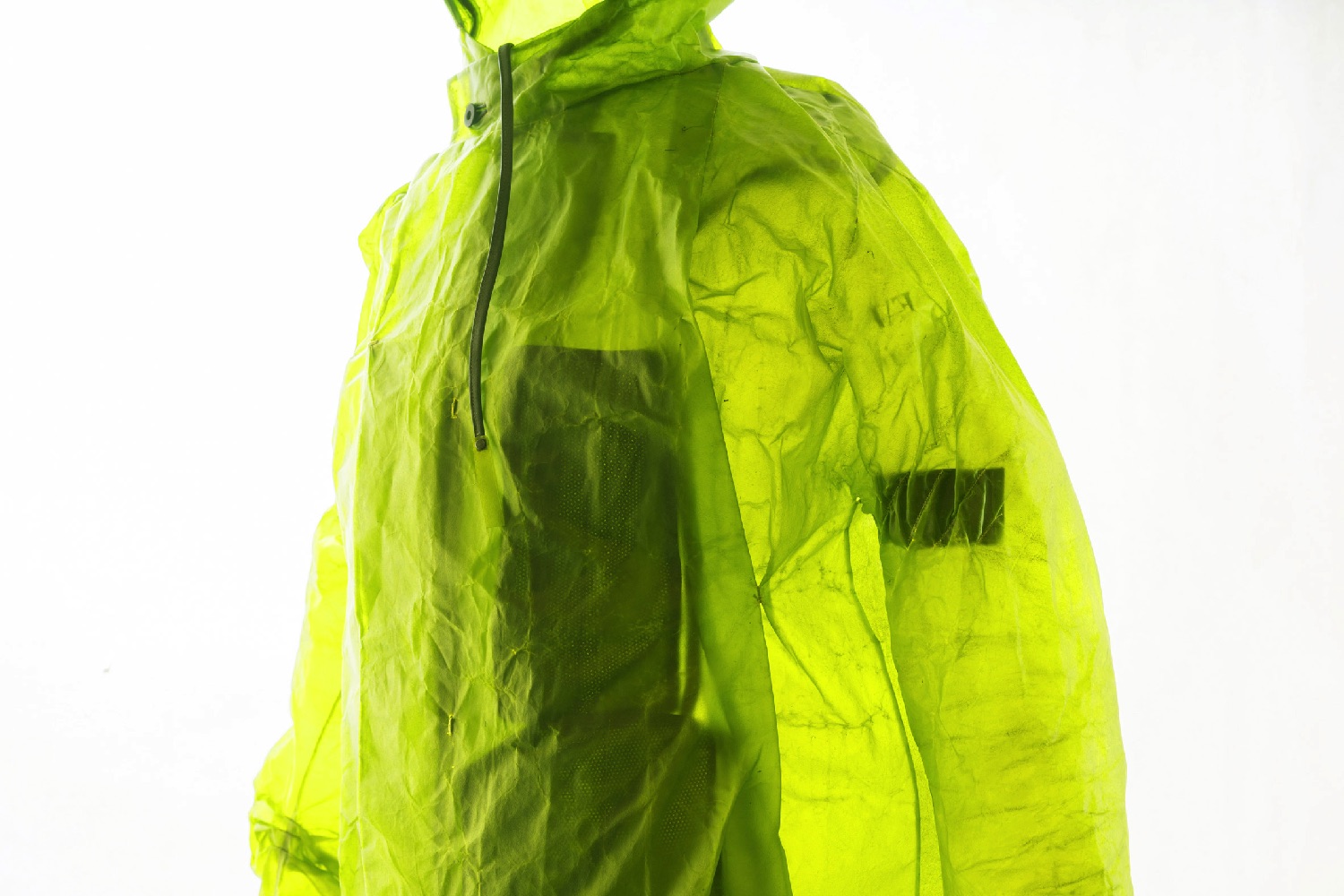If you’ve ever wanted a coat that resembles the translucent, leathery wings of Batman villain Man-Bat, well, today’s your lucky day!
The pliable (and, just as importantly, water-resistant) material is called Apparition, and was developed by researchers at ECCO after a three-year period spent studying ancient Egyptian and Greek tanning techniques. It’s available in a range of vibrant colors, and its creators hope that it will soon pop up in everything from bags and shoes to jackets and shirts.
“The technique of keeping the leather soft, is obviously a trade secret,” said Sruli Recht, creative director and lead of the ECCO Leather project. “It came out of the challenge of rethinking leather aesthetics in terms of both visual and touch properties. We asked ourselves: ‘What would be the Holy Grail of leather?’ I would say it would be creating a futuristic material that still maintains the properties that we know, love, and require from leather.”
Recht said the goal became translucent leather. He added that ECCO was deeply inspired by what other designers and tanneries had achieved in the realm of transparent and translucent leathers over recent years, “but our aim was to identify concrete ways we could combine our deep tanning experience with the significant horsepower of our state-of-the-art [research and development] facility in the Netherlands to push the technology forward, solving practical issues that have eluded the industry up to now, like lasting pliability and the ability to get wet.”
The results, we have to say, are a tiny bit Silence of the Lambs — but pretty cool, nonetheless.
